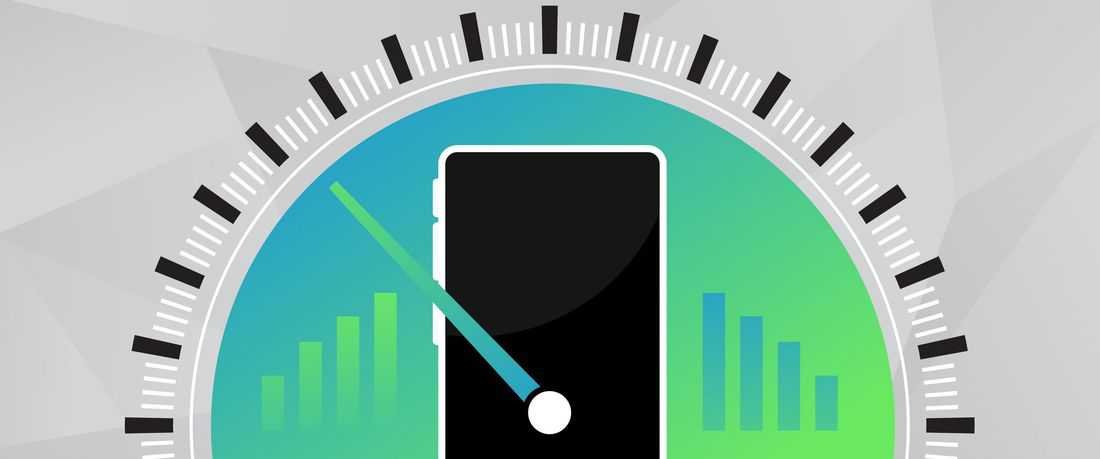A fair and accessible healthcare system has always been the goal for all stakeholders in the health and medical field. While many factors go into achieving this objective, the best way to start is by reassessing the healthcare billing system and how it ensures a high level of transparency and accuracy.
Transparency, in particular, is crucial for healthcare providers as well as patients seeking to understand the costs associated with medical care. For one, patients deserve to understand the factors that go into their billing so that they can make informed decisions about their care options. Providers also benefit from increased transparency, as it helps to build trust and credibility while avoiding any potential disputes.
From minor operational changes to broader shifts across the provider network, there are various ways to ensure that each bill a patient gets has been calculated as accurately and reasonably as possible. To illustrate this point further, here are some strategies that institutions and agencies alike can pursue to ensure transparency at each stage of the billing process.
Adopt Tools That Simplify Billing
To ensure that transparency trickles down to all aspects of billing procedures, health providers must first look into the technologies they have to support this goal. Mission-critical services such as emergency medical care, for example, may involve miscellaneous costs (e.g., ambulance transport) that patients and their families might consider as hidden charges. To prevent such scenarios from happening, health providers can make use of the latest emergency billing software designed to simplify payment and claims processing, preventing bills from being lost into piles of paper.
It would be ideal to have a consolidated billing software with automated features for quickly identifying potential errors. It might also help to automatically detect changes in claim activity to make the insurance aspect of billing a lot more frictionless. Overall, tools like these are necessary to adequately itemize charges and ensure a more granular level of visibility into a patient’s bill.
Prioritize Pricing Disclosure and Accuracy
Price discrepancies are some of the most common issues in healthcare that impact the way care providers enforce transparency in billing. While US federal legislation mandates hospitals to disclose their prices, not all licensed care facilities are bound by comprehensive disclosure rules. At the very least, states must require all care facilities and private practices to disclose their prices or suffer penalties for non-compliance. It would also be ideal for care providers to itemize out-of-pocket prices, which would help patients and their loved ones compare services and decide on whether to use insurance coverage or cash to save money.
Moreover, it might also be a good idea for providers to expand their advanced explanation of benefits (AEOB). While AEOB mandates vary for each state, having a robust AEOB policy would require providers and insurers to coordinate price estimates before the completion of a service or procedure. In addition to price estimates, a comprehensive AEOB concept should also include details such as typical rates for similar procedures and other information to aid price comparisons.
Ensure the Availability of Resources for Billing Education
For the most part, patients should understand the basics of healthcare billing. These include matters such as the difference between co-pays and deductibles, self-payment, and whether a provider is in-network or out-of-network. These aspects of billing are highly important as they dictate how much a patient is entitled to or might spend for the services they’re anticipating. Thus, providers should ensure that educational resources such as comprehensive pricing information are readily available and understandable for all patients.
One way to help educate patients is by making billing information easily accessible through patient portals or electronic health records (EHR). These channels should be accessible for patients to view their billing details and communicate any concerns with their providers. All in all, these steps will help avoid patient confusion and improve patient literacy when it comes to paying for healthcare.
Standardize Practices in Healthcare Billing
Lastly, stakeholders in the healthcare system should standardize their practices when it comes to billing. This includes minimizing surprise billing, which can cause a lot of confusion and misunderstanding. Apart from improving collaboration between insurers and providers, these policy changes prevent misalignments in reporting and calculation, which tend to affect transparency in billing.
Some relevant policy updates include the implementation of universal billing codes, the inclusion of service descriptions, the use of machine-readable formats, and the provision of staff training for documenting billing information and status. Apart from streamlining billing procedures, using standard practices will help patients gain a better view of their charges and identify the most cost-effective options for treatment.
Billing Transparency Is Key to Patient Empowerment
At the end of the day, billing transparency is necessary not just to improve procedures, but also to empower patients to determine the best ways to get the care they need. Although billing is just one aspect of healthcare, improving the way it’s done is key to building a more patient-centric healthcare system.










FIND US ON SOCIALS